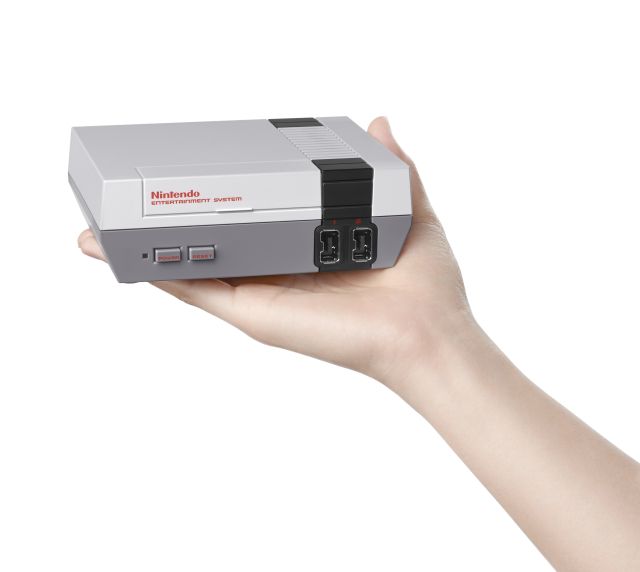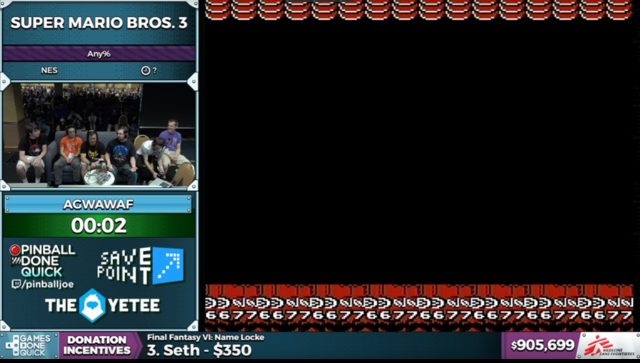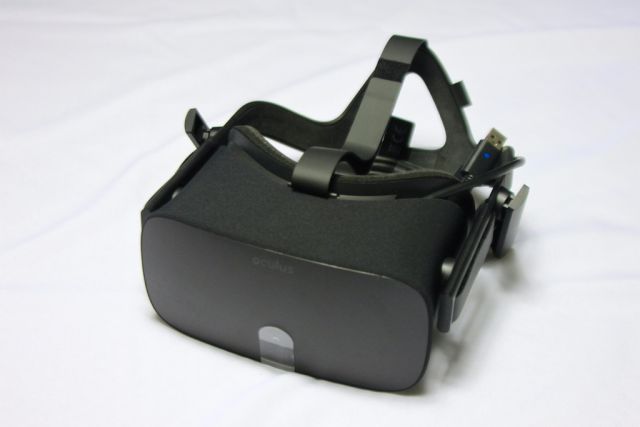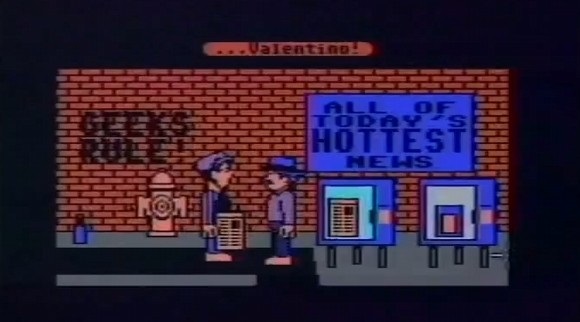
Let this tiny box transport you to a time when you didn't have a job, mortgage, and loud children to distract you.
Update: Nintendo has answered some frequently asked questions as a follow up to yesterday's announcement of the NES Mini. Apparently, the system will not accept any external media, connect to the Internet, or ever officially support anything other than the 30 games included. Nintendo refused to discuss technical specifications of the device, including use of emulation of graphical effects like artificial CRT scanlines.
And it can now be be pre-ordered in the UK for £49.99 from Amazon, with November 11 as the scheduled release date.
Original Story






